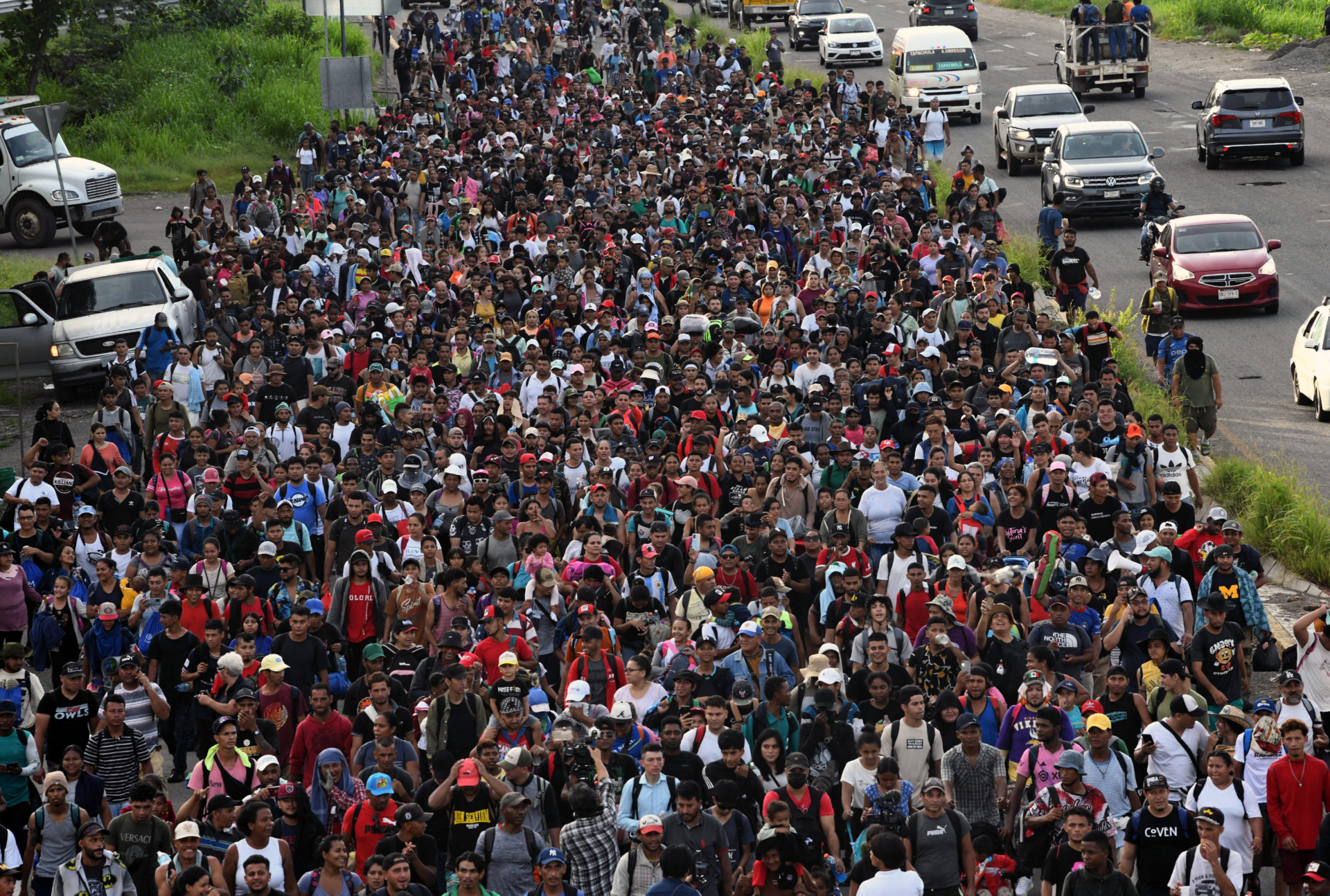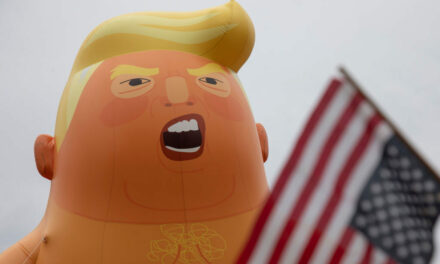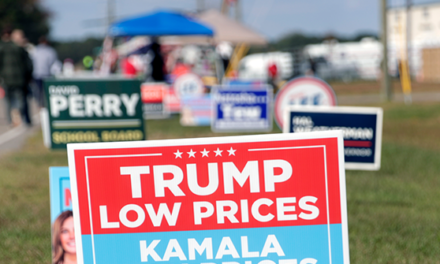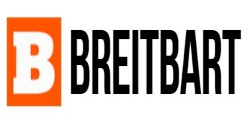We support our Publishers and Content Creators. You can view this story on their website by CLICKING HERE.
A GOP Sweep Won’t Lead to Higher Inflation
The conventional wisdom on Wall Street has long been that a sweep by Republicans in the election would be inflationary. That’s probably wrong.
The basic idea behind the claim that a unified Republican government would be more inflationary than a divided government is that GOP control would lead to a great fiscal expansion in the form of tax cuts fueling higher deficits. More generally, many analysts believe that without an opposition empowered to rein in ambitious economic plans, parties tend to become fiscally irresponsible.
Historically, however, this is not the rule. While on average inflation is a bit higher during periods of unified government, it has also often been lower. Going all the way back to the Truman administration, inflation was much higher during the periods of divided government than unified government. The same pattern applies to the Eisenhower administration: lower inflation during the period of unified Republican control, higher when Democrats gained control of Capitol Hill.
Inflation was very high when Gerald Ford held the presidency in the face of a very hostile Democratic Congress, but it was even higher when Jimmy Carter enjoyed a unified government. Bill Clinton was elected with a unified government and then faced a divided government after the midterm elections, and it is very hard to see that there was much of an effect on inflation by the change.
One reason to expect lower inflation under Trump and a Republican Congress is that these politicians are well-aware that high inflation was at the heart of the turn against Democrats in this year’s election. It’s clear that voters dislike inflation even more than they like low unemployment (or whatever metric liberal pundits were pushing to back claims that the Biden economy was amazing). So, politicians seeking to hold on to power—if you’ll excuse the redundancy—should be expected to be wary of adopting inflationary policies.
Immigration Restriction and Tariffs Are Not Inflationary
Trump’s critics often argue that his immigration policies would be inflationary. The idea here is that expanding the labor supply holds back wage gains, which then depresses consumer spending, which leads to lower inflation. Of course, intentional wage-suppression by expanding the labor supply is a pretty miserable way of fighting inflation. But it’s also not likely to be effective.
In the first place, there’s almost no empirical evidence to back up the claim that restrictions on immigration increase the rate of inflation. Even the idea that wage rates are a major driver of inflation is controversial among economists. Unless the wage gains are being driven by fiscal expansion and accommodative monetary policy, the effect of wage gains on inflation is likely to be vanishingly small. Mostly, the wage gains redistribute wealth and demand through the economy but do not necessarily push up prices on a sustained basis.
Recent history certainly does not support the idea that higher levels of migration hold back inflation. During the first Trump administration, immigration ran around one million arrivals per year, dropping to around 700,000 in the pandemic year of 2020. There was no notable increase in inflation. During Biden’s presidency, immigration soared above two million, reaching at least 2.6 million in 2022. Instead of holding back inflation, this was accompanied by the worst inflation in 40 years.

Hundreds of migrants, mostly from Central America and Venezuela, set out in a U.S.-bound caravan on the outskirts of Tapachula, State of Chiapas, Mexico, on July 23, 2024, heading towards the United States. (ISAAC GUZMAN/AFP via Getty Images)
It’s easy to understand why. Newly arrived immigrants have a lower propensity to work and work fewer hours than natives or older immigrants. Their productivity is much lower. But they require housing, food, clothing, transportation, entertainment, and all the other comforts of American life. The supply of many of these things—housing in particular, but also food and transportation—cannot easily be increased to keep pace with the increased demand. So, at least in the near term, immigration is likely a contributor to inflation.
And then, of course, there are tariffs. Despite the misleading claims of some economists, tariffs are not inflationary. At their worst, they might lead to a one-time increase in the prices of some items. But those increases are likely to be offset by falling prices for other items as consumer demand shifts to accommodate the next situation. And since the tariffs are likely to result in a strengthening of the U.S. dollar, the import purchasing power of U.S. consumers could actually strengthen. In other words, tariffs might lead to lower prices (which might, however, undermine their effectiveness when in comes to encouraging domestic production).
The market and analysts may be expecting more inflation than the Trump administration and a Republican Capitol Hill will deliver.

 Conservative
Conservative  Search
Search Trending
Trending Current News
Current News 







